juju
TPF Noob!
- Joined
- Sep 11, 2007
- Messages
- 64
- Reaction score
- 0
- Can others edit my Photos
- Photos OK to edit
Hi,
ive noticed lately some really really nice pics taken with Sigma and Tamron lenses.
not sure why but for my Eos 400D ive always bought canon lenses as i assumed they would be the better choice. is this necessarily the case or do Sigma and Tamron lenses for Canon cameras perform just aswell cause ive noticed i could save a few quid on an upcoming purchase
ive noticed lately some really really nice pics taken with Sigma and Tamron lenses.
not sure why but for my Eos 400D ive always bought canon lenses as i assumed they would be the better choice. is this necessarily the case or do Sigma and Tamron lenses for Canon cameras perform just aswell cause ive noticed i could save a few quid on an upcoming purchase



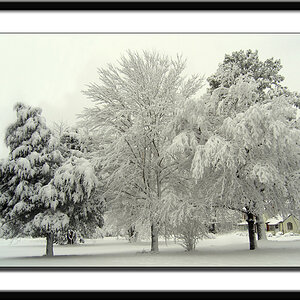
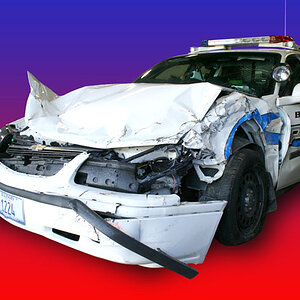
![[No title]](/data/xfmg/thumbnail/40/40285-2ce5915035c220ccb3485030863b62d0.jpg?1619739408)
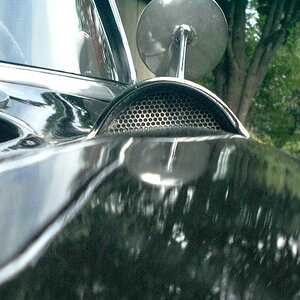
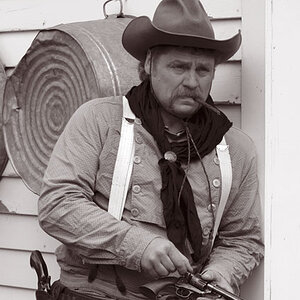
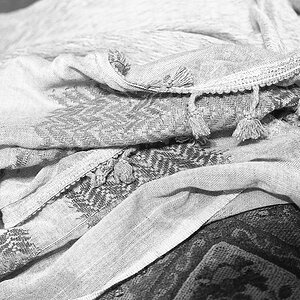
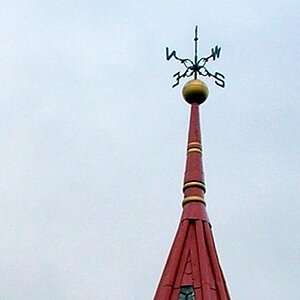
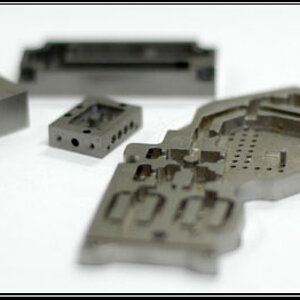

![[No title]](/data/xfmg/thumbnail/33/33493-f055dbbe7f00f271d3959dd3a6482165.jpg?1619736004)
